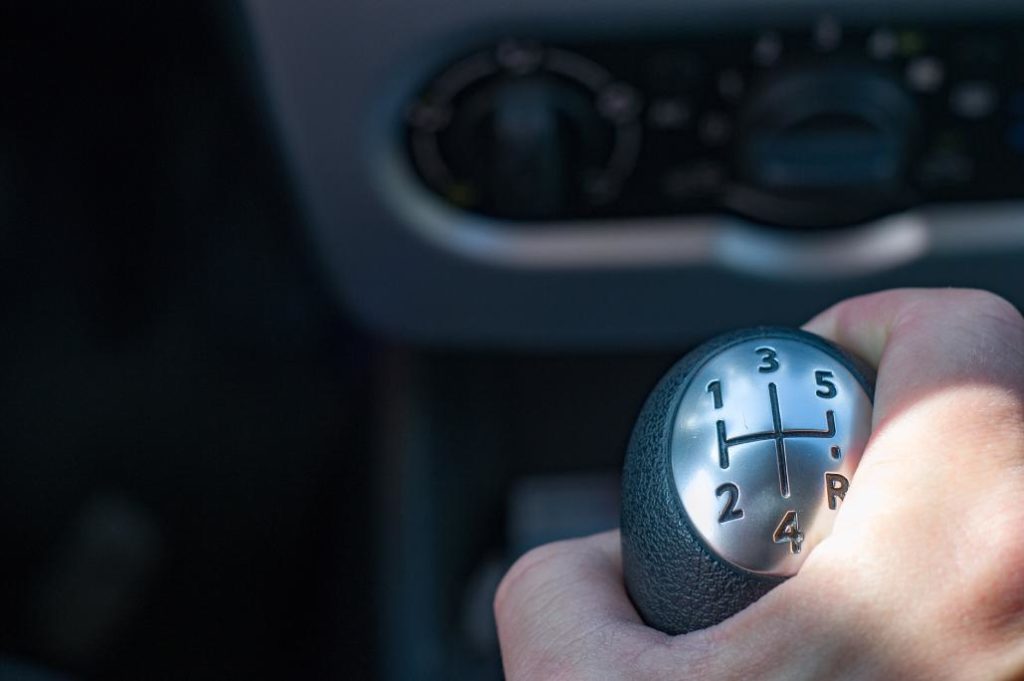TL;DR: ADA lawsuits are on the rise for small businesses. If you’ve been served or not, now is the time to start an accessibility program by learning what accessibility issues your website currently has and fixing them.
The number of businesses that are getting served ADA lawsuits has been on the rise in recent years. The reason for these lawsuits is due to a failure to comply with digital accessibility standards, which allow a broader range of internet users with visual, auditory, or other impairments to access digital platforms.
Trends clearly show an increasing number of lawsuits have been filed against businesses year on year. In fact, a 2021 report on digital accessibility lawsuits found that the 2,314 lawsuits filed in 2018 rose to 4,055 by 2021. As a result, there are now over 10 lawsuits filed per day against either a website, mobile application, or video content.
While the ADA lawsuits were initially brought against larger companies, it is now becoming more common for smaller businesses to be subject to litigation.
If this happens to you, here’s what you need to know.
NOTE: This post does not and should not be considered legal advice. Please consult with an attorney if you’ve been served a lawsuit.

Understanding ADA compliance
Many companies fall into the trap of not understanding to what extent they are required to comply with ADA standards. In response to this, the Justice Department released a guide on becoming ADA compliant in March 2022. Even so, many business owners are tempted to simply install automated tools, such as accessibility overlays, then post a declaration stating that they are compliant.
This, however, is far from enough as becoming and remaining fully compliant is an ongoing process that requires professional support. While accessibility overlays give the illusion of solving the problem, they are insufficient and actually increase your chances of having a lawsuit filed against you. Not only is it impossible for an Artificial Intelligence (AI) tool to achieve compliance, but they can make it easier for your website to show up in compliance-related search results (i.e. lawyers searching for websites to bring litigation against).
What regulations are there
It’s worth noting that ADA isn’t the only body you need to be aware of—although adhering to ADA will likely ensure you’re compliant. Like most regulations, the ADA bases theirs on those set by the W3C (World Wide Web Consortium), more commonly known as WCAG (Web Content Accessibility Guidelines).
Meeting the latest WCAG standards is the bar you need to aim for in order to protect yourself and your business.
That said, it’s important to be aware of your specific situation in case there are any further caveats you need to watch out for.
Section 504 & 508
These overlapping laws are most commonly applied to educational institutions or government agencies, but for profit businesses can also be subject to them. In essence, they make sure that individuals with disabilities (employees or visitors) have the same opportunity to work and interact with all digital assets as anyone else.
CVAA
The CVAA outlines FCC regulations that require any content delivered by broadband, digital or mobile technology to be accessible to all.
State and local laws
You and your business may be subject to a variety of state and local laws around web accessibility. What’s important is that it can apply to where your business is operating, not just where it’s physically located. You may have to adhere to multiple regulations depending on the specific locations in question.
International laws
Finally, you need to bear in mind that any business operations you carry out abroad will be subject to their local regulations.

Options for scanning and certifying a website
If you are just beginning to think about accessibility, there are clear steps you can take to address the issue and set you on the right path. While you can deal with some issues on your own, if you have been served an ADA lawsuit, you will undoubtedly need the support of a professional.
For those of you who want to take immediate action, you can begin with the first two steps below. Please note, however, that a professional partner should take care of the self scan and automated reporting as part of their service.
Self Scan
The first step you can take yourself is to use WAVE to scan a single page of your site at a time. This will give you an idea of how many (or few) issues your website has and will allow you to tackle any of the low hanging fruit right away.
Automated Scan Report
As mentioned earlier, automated scanners can only detect about 25% of the issues, but they are powerful tools as part of the overall process. There are several services and APIs available that can be utilized to scan your entire site for issues and get an initial report to work from to start making your site compliant.
Like with all services, each can provide different results and benefits. As such, we recommend combining and using various tools in order to produce a more comprehensive overview of where your website needs to be modified.

Manual Audit and Certification
The only way to ensure your website is fully ADA compliant is with an in depth human-led review of your website.
Automated scans can detect if an image doesn’t have an “alt” text assigned to it, but they can’t distinguish between if the alt text is necessary or not (in some cases, images should not have alt text).
Unless you have a deep familiarity with WCAG standards and know how to ensure your website functions while using assistive technologies such as NVDA (by NV Access) or JAWS (by Freedom Scientific), we suggest partnering with a trusted professional to carry out a detailed manual audit.
When working with a partner to carry out a manual audit of your website, you should expect to receive a detailed report that includes any accessibility violations, related documentation, and recommended steps on how to remediate those issues. Optionally, you can opt to have your website certified as accessible and conformant to the WCAG standards of your choice (A, AA, AAA). In order to get certified, you’ll need to fix all of the found issues in your audit and have your website re-audited to ensure all remediation steps were successful and implemented correctly.
TIP: Watchdog Studio can conduct automated full site scans, manual scans, implement any remediation fixes required and provide third party certification. With a manual scan, if you choose to have another vendor implement remediation fixes, we’ll be happy to provide technical support via email to answer any questions about the audit throughout your remediation process.
Ongoing ADA compliance
Unfortunately, ADA compliance is never a one-and-done job. As you add content and make changes to your website, even if you achieve certification today, these changes could invalidate your certification and reopen your website for litigation. To keep your certification compliant, you will want to perform automated scans and even manual reaudits on a regular basis and implement any necessary changes as issues are introduced.
The good news is these new issues will be much more manageable to fix if taken care of on a regular basis. With some planning, it can easily slot into your current security and website maintenance routines.
Conclusion
Whether you’ve been served an ADA lawsuit or not, putting a robust accessibility program in place is the only way to truly protect your business. If you have multiple digital assets, you can even be served multiple lawsuits for each asset until you are fully compliant with all of them.
Beyond this, and more importantly, digital accessibility is the only way to ensure that everyone in our global society has the same opportunity to be an active member of our digital world. By adhering to ADA standards and guidelines, you’re contributing to making the internet a more open and inclusive space for individuals with disabilities.
If you’d like to find out more about becoming digitally compliant, contacting us is only a click away!


